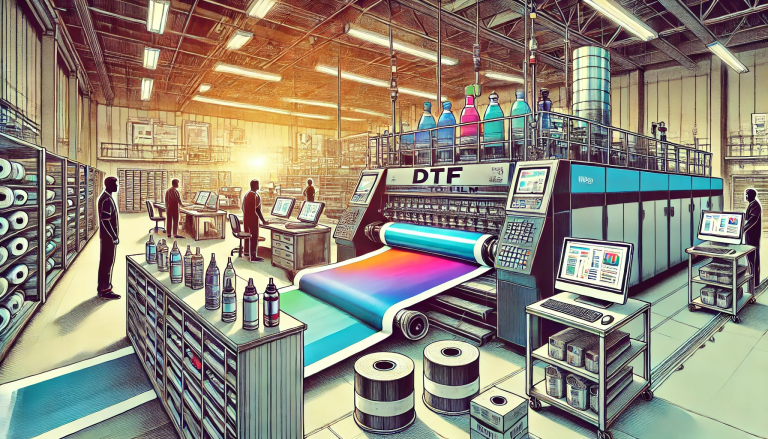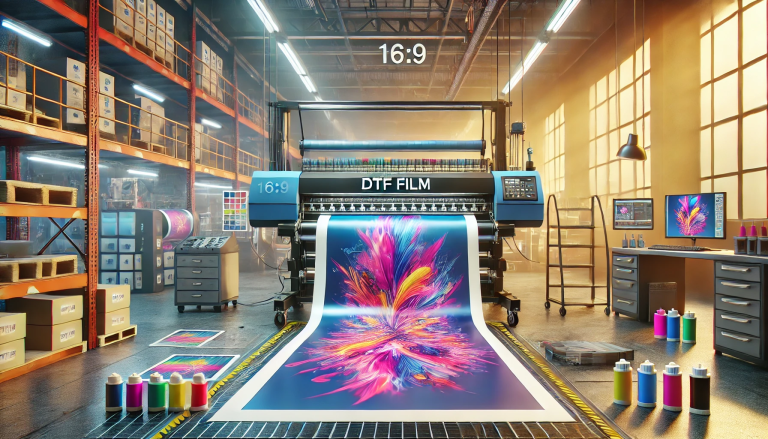“The Comprehensive Guide to Direct-To-Film (DTF) Transfer Printing: Meaning, Process, and Potential” -MAXDTF- DTF Transfer Film glossy Supplier, DTF Digital Transfer Sticker Factory, Made in China
Summary:
This article provides a thorough understanding of Direct-To-Film (DTF) transfer, a rapidly evolving printing technology. We will explore the meaning of DTF transfer, the steps involved in the process, the advantages and challenges of DTF transfer, its application areas, and future possibilities for this technology.
Part 1: Understanding the Meaning of DTF Transfer
Direct-To-Film (DTF) transfer is a relatively new printing technology that has been gaining popularity in the textile industry. But what exactly does it entail?
DTF transfer is a process of printing graphics onto a special film, which is then heat transferred onto a fabric. This method utilizes a specially formulated ink and adhesive powder to create high-quality, durable, and vibrant prints on a wide range of materials.
It’s important to note that although the names are similar, DTF should not be confused with Direct-To-Garment (DTG) printing, a separate process that involves printing designs directly onto a garment.
Part 2: The DTF Transfer Process
The DTF transfer process comprises several distinct steps:
- Design preparation: The design is first created or modified using a graphic design software, like Adobe Illustrator or Photoshop. The design should be in a high-resolution format to ensure the best print quality.
- Printing: The design is then printed onto a special film using a DTF printer. The printer applies the DTF ink, which is a blend of CMYK (Cyan, Magenta, Yellow, Key/Black) colors, to form the desired design on the film.
- Powder application: After printing, an adhesive powder is evenly applied to the design on the film. This powder will later melt to bind the design to the fabric.
- Drying: The printed film with adhesive powder is passed through a drying tunnel or heat press to melt the powder slightly, ensuring it sticks to the ink.
- Transfer: Finally, the film is placed onto the fabric, and heat is applied using a heat press. The heat causes the adhesive powder to melt and bond the design with the fabric. After cooling, the film is peeled off, leaving the design on the fabric.
Part 3: Advantages and Challenges of DTF Transfer
DTF transfer comes with numerous advantages that make it a preferred choice for many in the textile industry. These benefits include high print quality, the ability to print intricate and colorful designs, compatibility with a wide variety of fabrics, and durability of the print.
However, DTF transfer also presents several challenges. The process requires specialized equipment and supplies, which may represent a significant initial investment. Additionally, while DTF can produce high-quality prints, the overall process can be time-consuming, especially for large quantities of prints.
Part 4: Applications of DTF Transfer
The versatility of DTF transfer allows it to be used in various applications within the textile industry. It’s especially popular for custom garment printing, such as t-shirts, hoodies, and tote bags. Additionally, DTF can be used for printing on home decor items like cushions, curtains, and upholstery. Its ability to print on a wide range of fabrics, including cotton, polyester, and blends, makes it a versatile choice for many printing needs.






